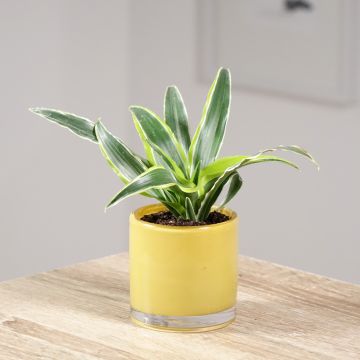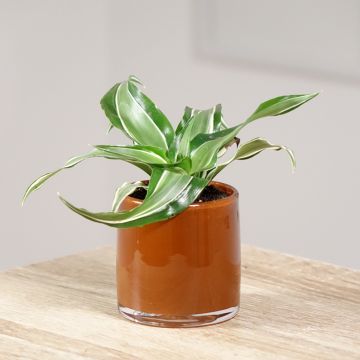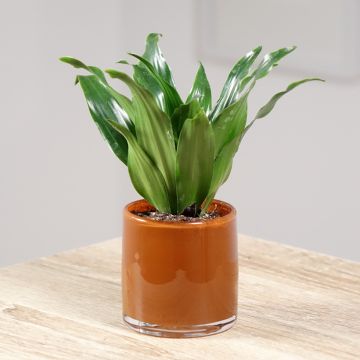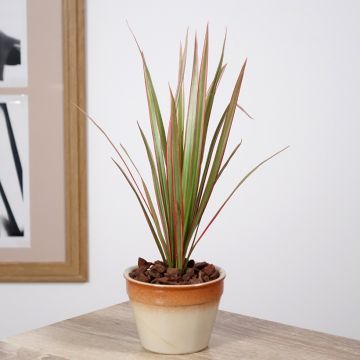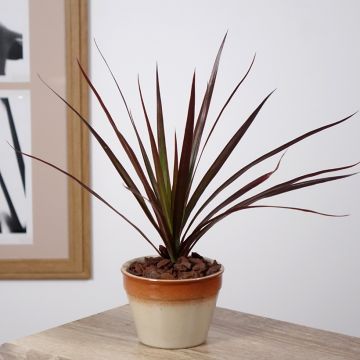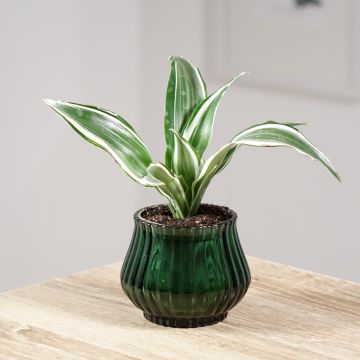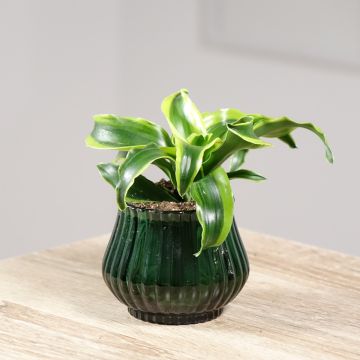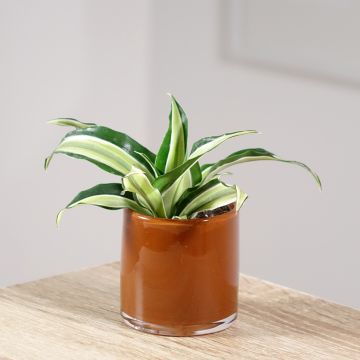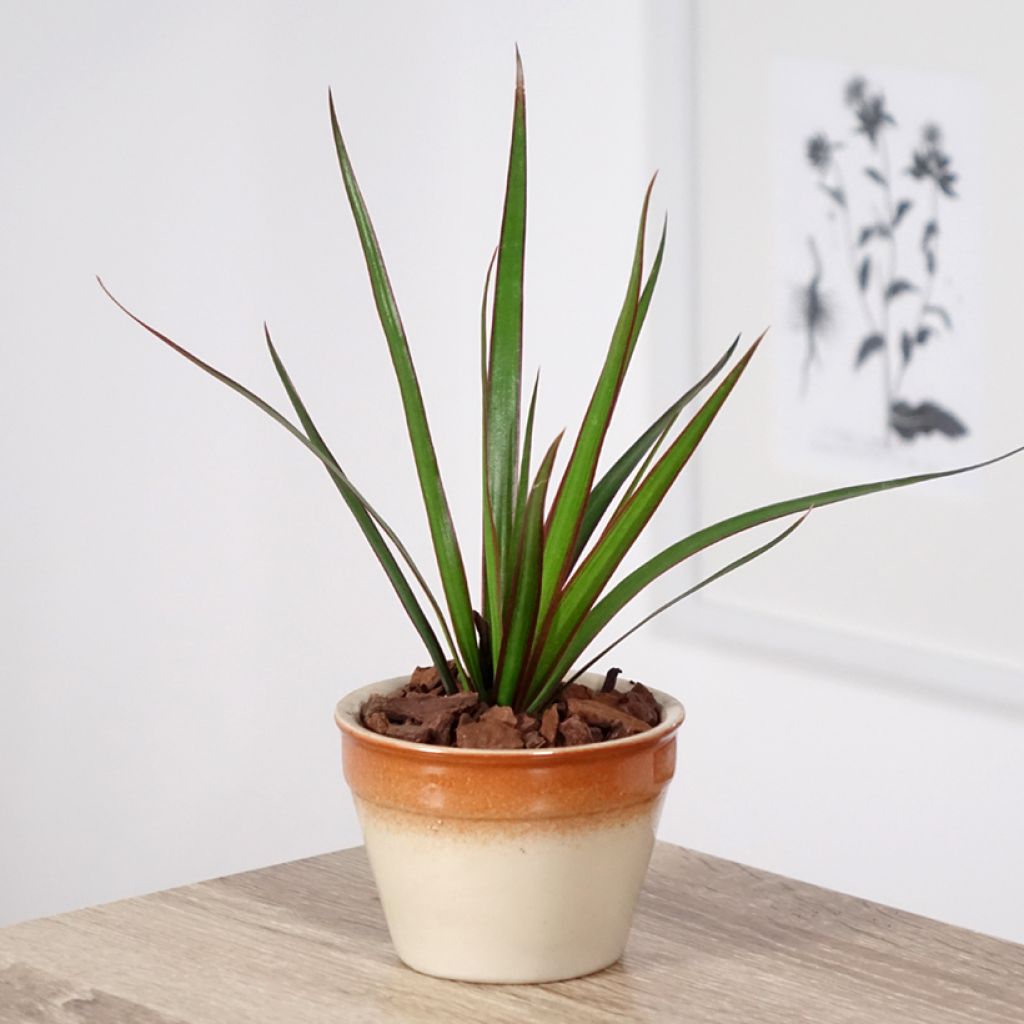

Dracaena reflexa var. angustifolia - Dragon tree
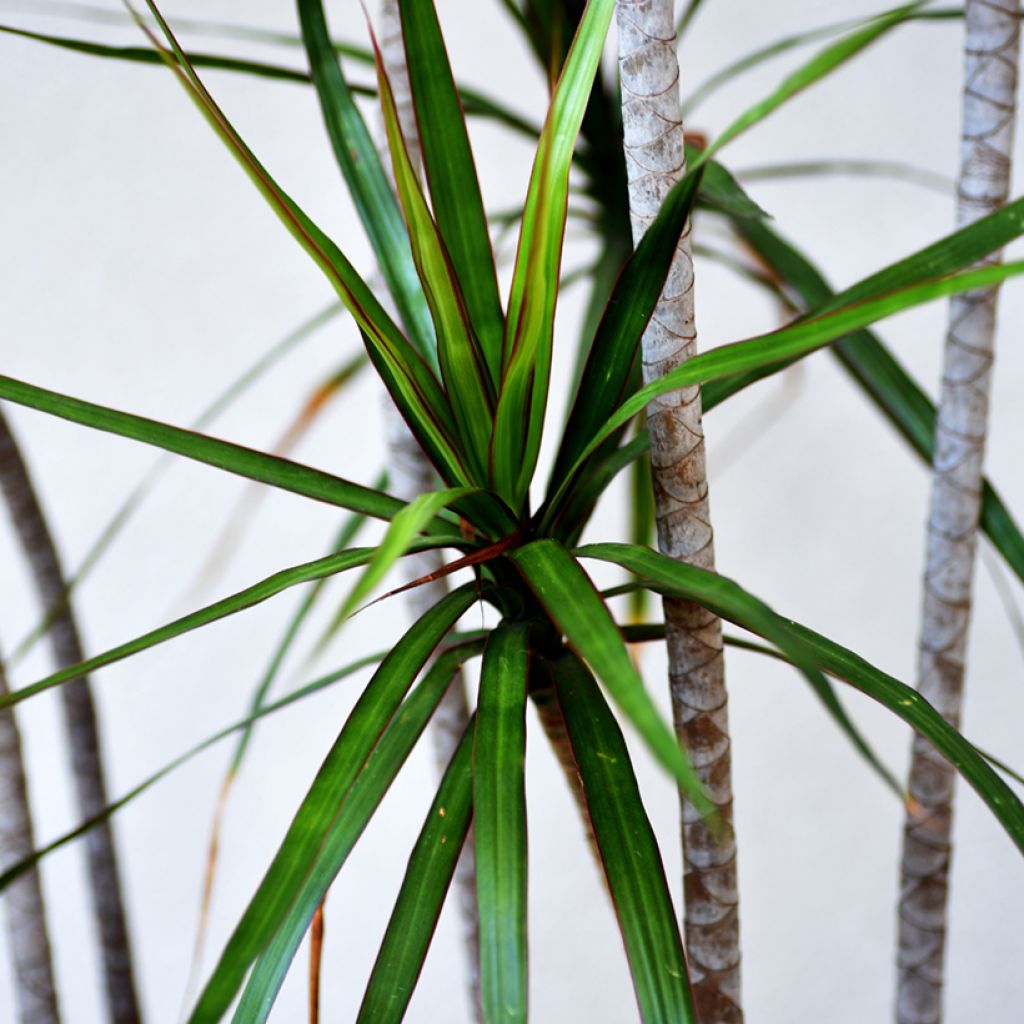

Dracaena reflexa var. angustifolia - Dragon tree
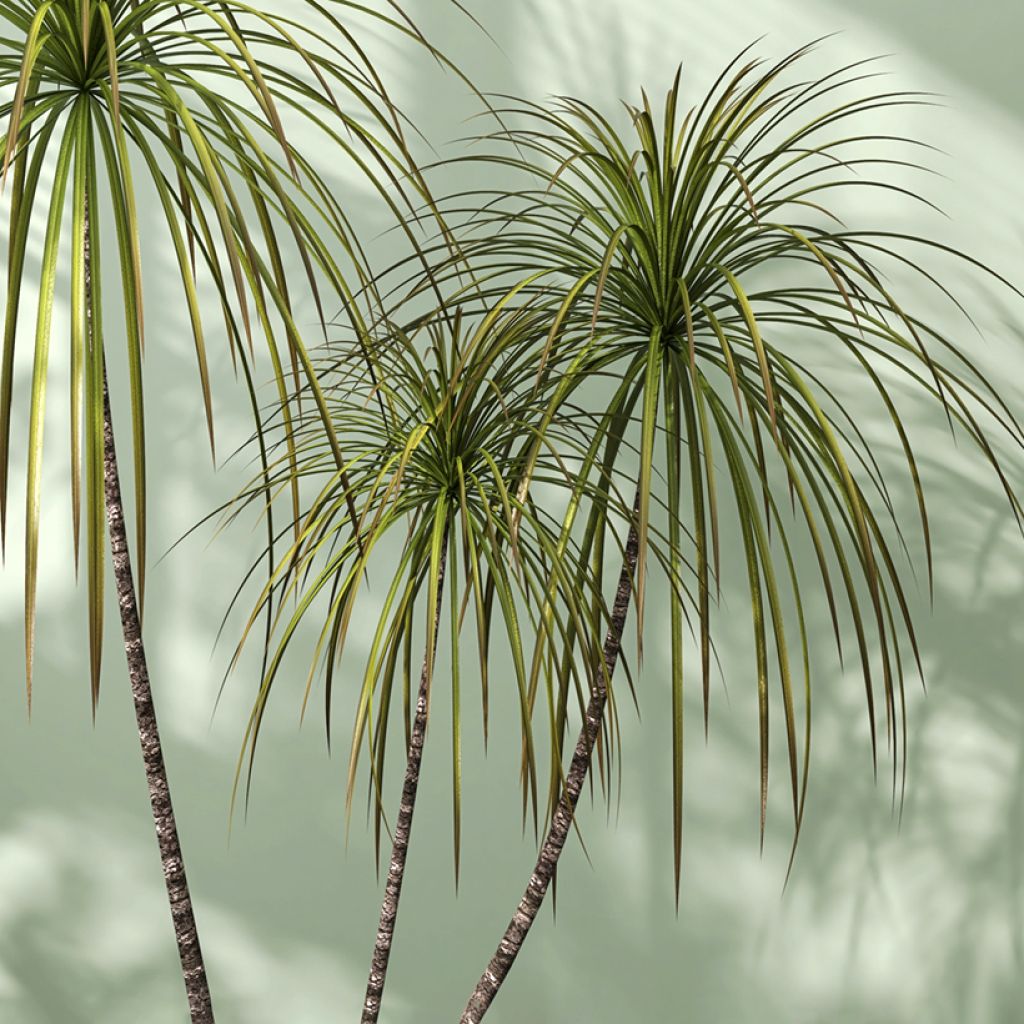

Dracaena reflexa var. angustifolia - Dragon tree
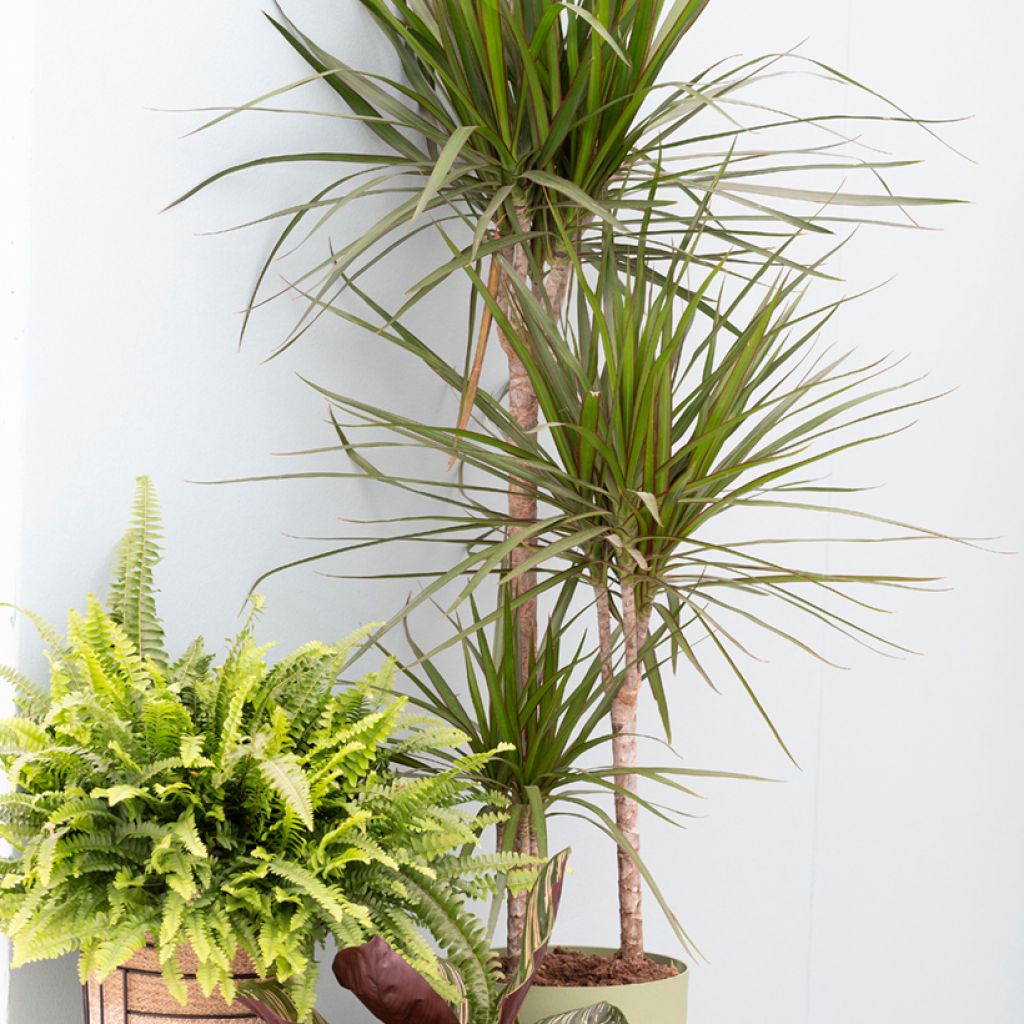

Dracaena reflexa var. angustifolia - Dragon tree
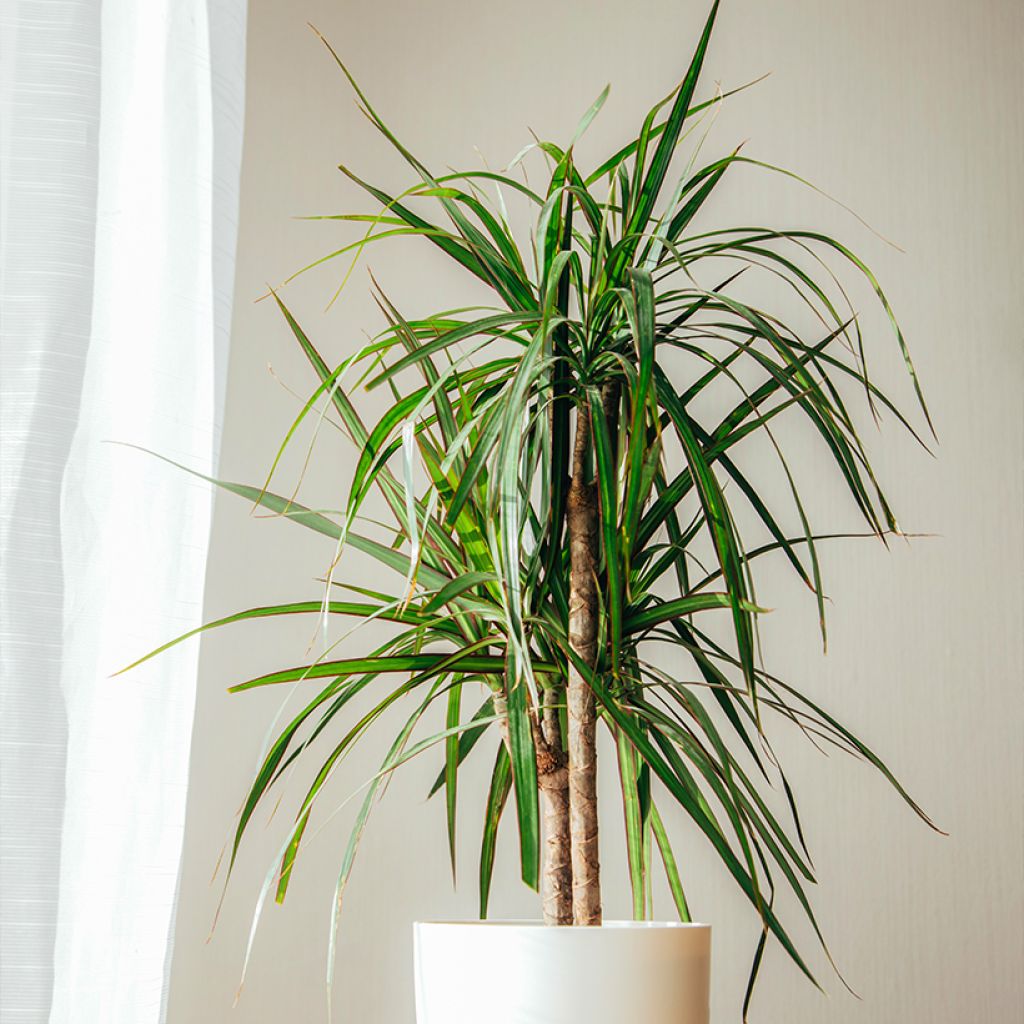

Dracaena reflexa var. angustifolia - Dragon tree
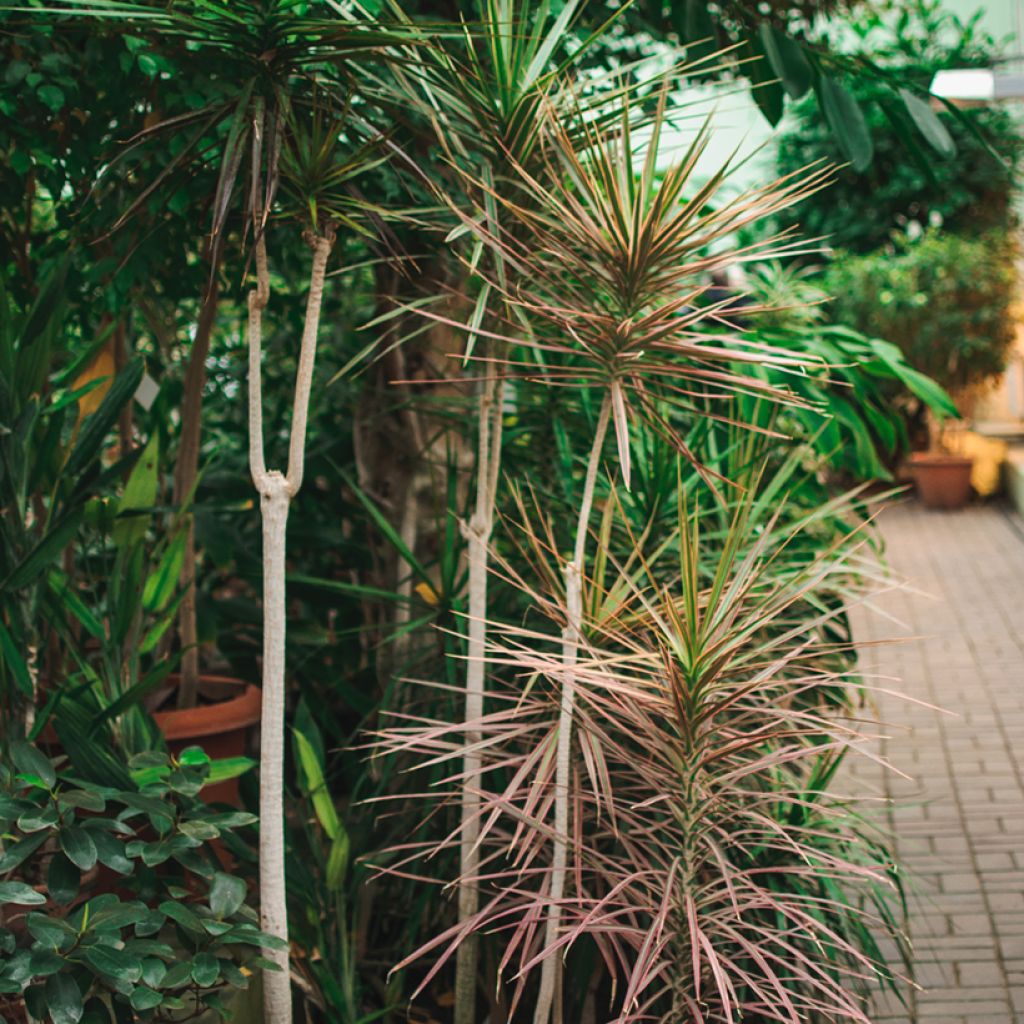

Dracaena reflexa var. angustifolia - Dragon tree
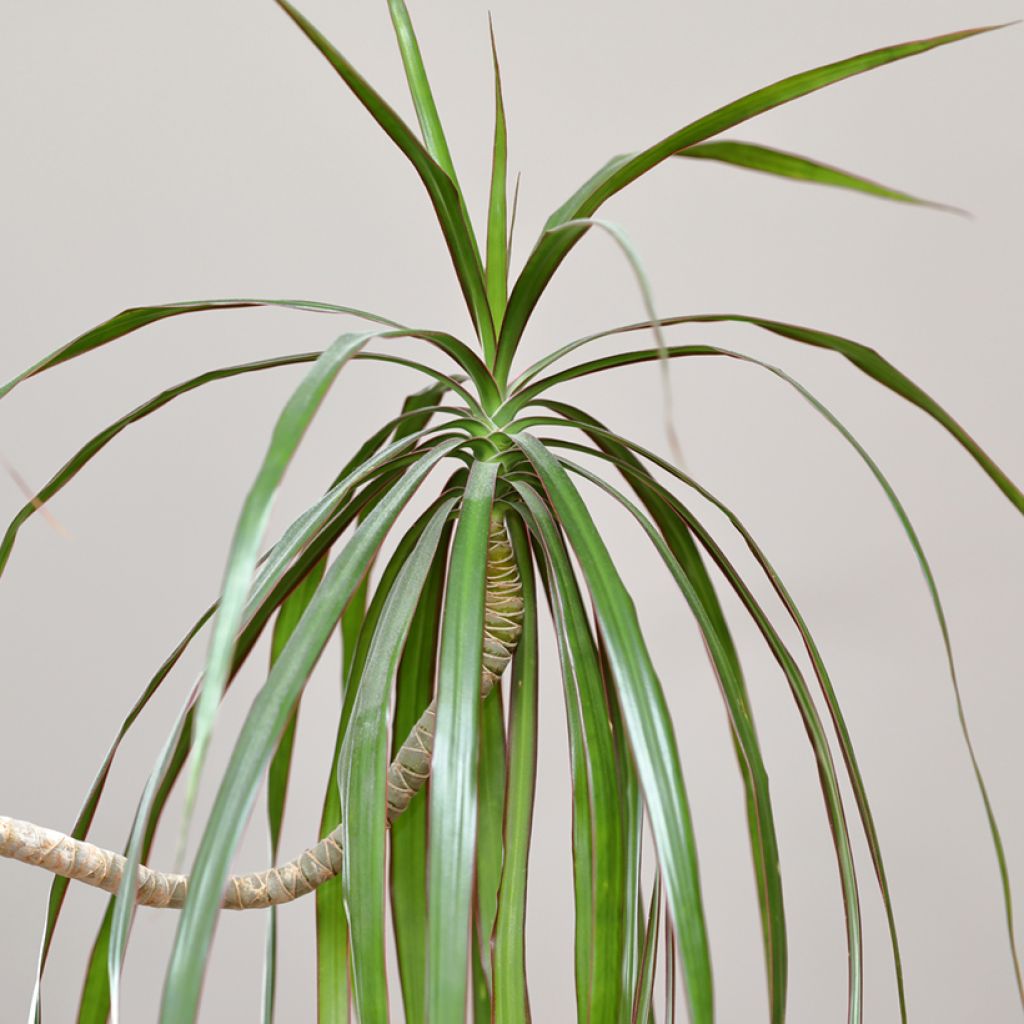

Dracaena reflexa var. angustifolia - Dragon tree
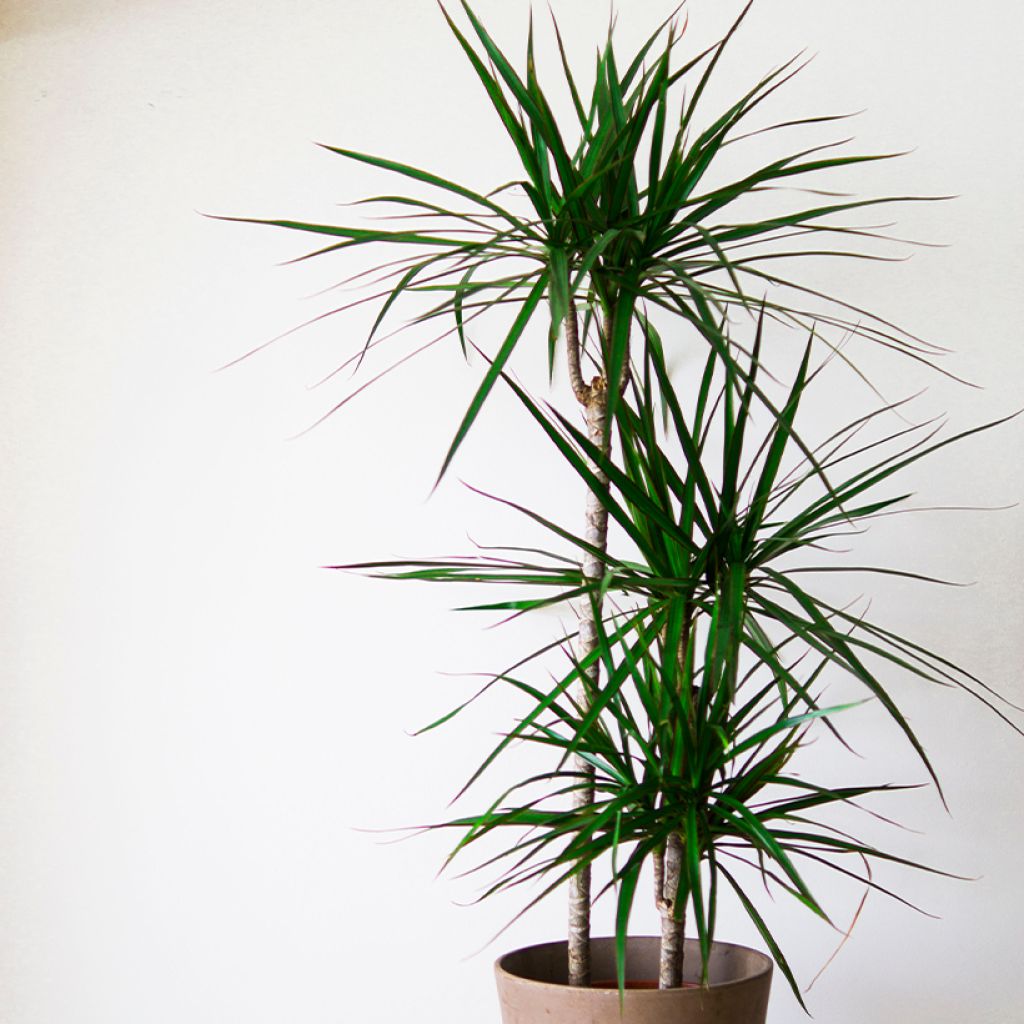

Dracaena reflexa var. angustifolia - Dragon tree
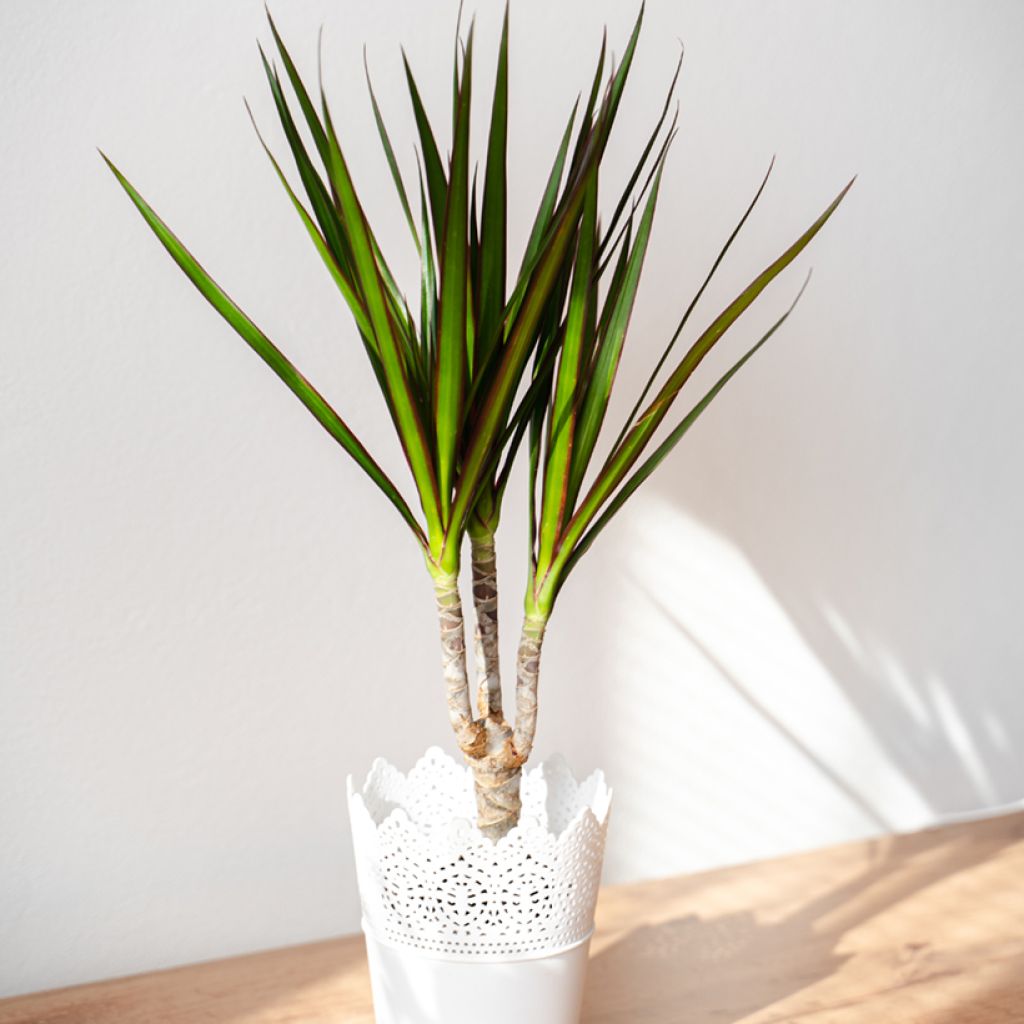

Dracaena reflexa var. angustifolia - Dragon tree
Dracaena reflexa var. angustifolia - Dragon tree
Dracaena reflexa var. angustifolia
Dragon tree
Special offer!
Receive a €20 voucher for any order over €90 (excluding delivery costs, credit notes, and plastic-free options)!
1- Add your favorite plants to your cart.
2- Once you have reached €90, confirm your order (you can even choose the delivery date!).
3- As soon as your order is shipped, you will receive an email containing your voucher code, valid for 3 months (90 days).
Your voucher is unique and can only be used once, for any order with a minimum value of €20, excluding delivery costs.
Can be combined with other current offers, non-divisible and non-refundable.
Home or relay delivery (depending on size and destination)
Schedule delivery date,
and select date in basket
This plant carries a 30 days recovery warranty
More information
We guarantee the quality of our plants for a full growing cycle, and will replace at our expense any plant that fails to recover under normal climatic and planting conditions.
Description
The Dracaena marginata or Madagascar Dragon Tree indeed originates from the 'great island' east of the African continent. This botanical species adapts perfectly to our indoor spaces where it serves as a highly ornamental plant with a stylish graphic appeal. It forms a clump of very slender, elongated leaves with a deep green lamina highlighted by two thin dark red bands that further accentuate its elegance. Easy to grow within a fairly wide range of temperatures and degrees of light and only intolerant of excess water, this beautiful plant can live for many years without requiring much maintenance.
After being classified under several botanical families due to changes in systematic classification, the Dracaena has now been ascribed to the Asparagaceae family. It therein coexists with many other ornamental genera, from the small Ophiopogons which carpet our gardens with their fine green, variegated, or purple foliage, to the powerful and formidable Agaves, some of which can reach several metres in size. There are no fewer than 111 species of Dragon Tree, mainly native to Africa and Southeast Asia. The Madagascar variety, once considered a distinct species, was later reclassified as a variety of another species, becoming scientifically known as Dracaena reflexa var. angustifolia (literally, narrow-leaved). Also commonly called Candlewood, this Madagascan Dragon Tree forms a large bush or small tree in its native habitat, reaching up to 6 m in height—sometimes more—developing one or several relatively massive and impressive trunks in older specimens. These support twisted branches which occasionally seem to tangle with one another, gradually shedding their lower leaves and retaining only a terminal tuft of foliage. This Dragon Tree thus adopts a peculiar, almost ghostly silhouette when encountered at dusk. The leaves are sword-shaped, very narrow, dark green with a dark red margin along the edges. The flowering consists of small, fragrant white flowers grouped in large panicles which, after fertilisation, develop into small spherical orange fruits.
When grown indoors, the Madagascar Dragon Tree remains much more compact than in its native land. After ten years, it will reach roughly 1.20 m in height and 40 cm in width—or slightly more depending on the number of stems that develop—and it will not exceed 2 m in height at at full maturity. It produces attractive clumps of slender leaves, 20 to 35 cm long, overlapping at the base and fanning out. Their base colour is a rich, deep green, edged by two thin red margins that create a striking contrast while visually enhancing their shape. Gradually, the plant develops slender stems, about the width of a finger, which slowly grow taller, lifting the tufts above them. Older lower leaves dry out and fall away over time, leaving a scar on the light brown bark. Depending on how you prune it—which will encourage branching—you can shape your plant into multiple tiers to enhance its aesthetic appeal.
The Dracaena marginata will bring the tropics into your living space. Too frost-sensitive to be grown outdoors in our regions, it will, however, adapt perfectly to the usual conditions found in our homes and apartments. While it dislikes cold temperatures, direct sunlight, or excessive shade, it is an easy plant to grow—provided that it is not overwatered—and will thrive for years without requiring special care. Pair it with other exotic-looking plants like the Philodendron whose large leaves will create a delightful contrast, or with a Chinese Evergreen featuring pink-tinged foliage.
Report an error about the product description
Dracaena reflexa var. angustifolia - Dragon tree in pictures




Foliage
Plant habit
Botanical data
Dracaena
reflexa var. angustifolia
Asparagaceae
Dragon tree
Madagascar
Other Dracaena - Dragon Tree
View all →Location
Location
Maintenance and care
Watering tips
Potting advice, substrates and fertilisers
Houseplant care
Disease and pest advice
Maintenance and care
This item has not been reviewed yet - be the first to leave a review about it.
Haven't found what you were looking for?
Hardiness is the lowest winter temperature a plant can endure without suffering serious damage or even dying. However, hardiness is affected by location (a sheltered area, such as a patio), protection (winter cover) and soil type (hardiness is improved by well-drained soil).

Photo Sharing Terms & Conditions
In order to encourage gardeners to interact and share their experiences, Promesse de fleurs offers various media enabling content to be uploaded onto its Site - in particular via the ‘Photo sharing’ module.
The User agrees to refrain from:
- Posting any content that is illegal, prejudicial, insulting, racist, inciteful to hatred, revisionist, contrary to public decency, that infringes on privacy or on the privacy rights of third parties, in particular the publicity rights of persons and goods, intellectual property rights, or the right to privacy.
- Submitting content on behalf of a third party;
- Impersonate the identity of a third party and/or publish any personal information about a third party;
In general, the User undertakes to refrain from any unethical behaviour.
All Content (in particular text, comments, files, images, photos, videos, creative works, etc.), which may be subject to property or intellectual property rights, image or other private rights, shall remain the property of the User, subject to the limited rights granted by the terms of the licence granted by Promesse de fleurs as stated below. Users are at liberty to publish or not to publish such Content on the Site, notably via the ‘Photo Sharing’ facility, and accept that this Content shall be made public and freely accessible, notably on the Internet.
Users further acknowledge, undertake to have ,and guarantee that they hold all necessary rights and permissions to publish such material on the Site, in particular with regard to the legislation in force pertaining to any privacy, property, intellectual property, image, or contractual rights, or rights of any other nature. By publishing such Content on the Site, Users acknowledge accepting full liability as publishers of the Content within the meaning of the law, and grant Promesse de fleurs, free of charge, an inclusive, worldwide licence for the said Content for the entire duration of its publication, including all reproduction, representation, up/downloading, displaying, performing, transmission, and storage rights.
Users also grant permission for their name to be linked to the Content and accept that this link may not always be made available.
By engaging in posting material, Users consent to their Content becoming automatically accessible on the Internet, in particular on other sites and/or blogs and/or web pages of the Promesse de fleurs site, including in particular social pages and the Promesse de fleurs catalogue.
Users may secure the removal of entrusted content free of charge by issuing a simple request via our contact form.
The flowering period indicated on our website applies to countries and regions located in USDA zone 8 (France, the United Kingdom, Ireland, the Netherlands, etc.)
It will vary according to where you live:
- In zones 9 to 10 (Italy, Spain, Greece, etc.), flowering will occur about 2 to 4 weeks earlier.
- In zones 6 to 7 (Germany, Poland, Slovenia, and lower mountainous regions), flowering will be delayed by 2 to 3 weeks.
- In zone 5 (Central Europe, Scandinavia), blooming will be delayed by 3 to 5 weeks.
In temperate climates, pruning of spring-flowering shrubs (forsythia, spireas, etc.) should be done just after flowering.
Pruning of summer-flowering shrubs (Indian Lilac, Perovskia, etc.) can be done in winter or spring.
In cold regions as well as with frost-sensitive plants, avoid pruning too early when severe frosts may still occur.
The planting period indicated on our website applies to countries and regions located in USDA zone 8 (France, United Kingdom, Ireland, Netherlands).
It will vary according to where you live:
- In Mediterranean zones (Marseille, Madrid, Milan, etc.), autumn and winter are the best planting periods.
- In continental zones (Strasbourg, Munich, Vienna, etc.), delay planting by 2 to 3 weeks in spring and bring it forward by 2 to 4 weeks in autumn.
- In mountainous regions (the Alps, Pyrenees, Carpathians, etc.), it is best to plant in late spring (May-June) or late summer (August-September).
The harvesting period indicated on our website applies to countries and regions in USDA zone 8 (France, England, Ireland, the Netherlands).
In colder areas (Scandinavia, Poland, Austria...) fruit and vegetable harvests are likely to be delayed by 3-4 weeks.
In warmer areas (Italy, Spain, Greece, etc.), harvesting will probably take place earlier, depending on weather conditions.
The sowing periods indicated on our website apply to countries and regions within USDA Zone 8 (France, UK, Ireland, Netherlands).
In colder areas (Scandinavia, Poland, Austria...), delay any outdoor sowing by 3-4 weeks, or sow under glass.
In warmer climes (Italy, Spain, Greece, etc.), bring outdoor sowing forward by a few weeks.






























